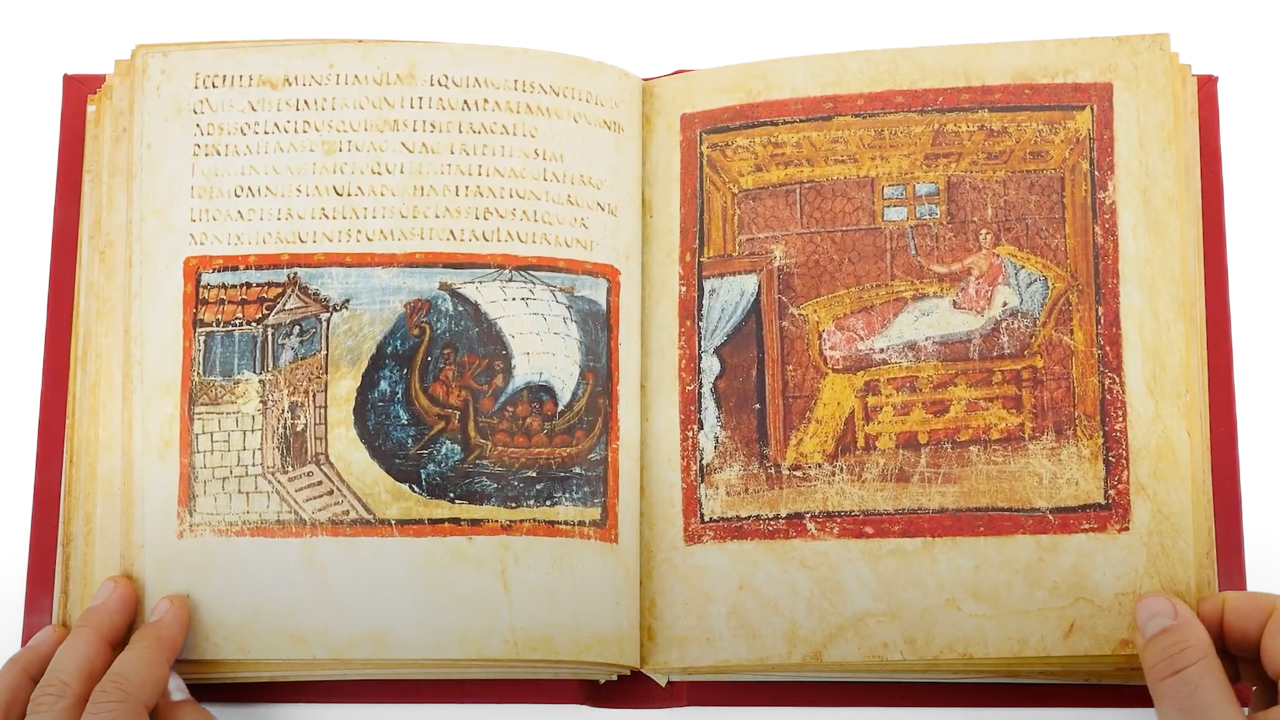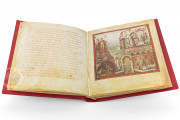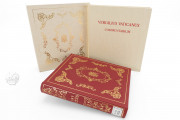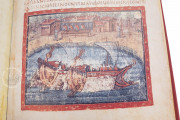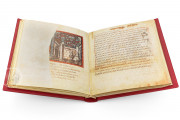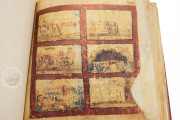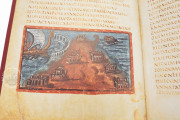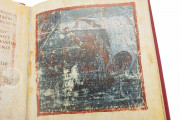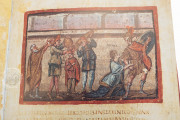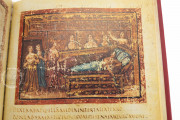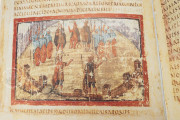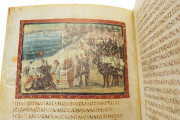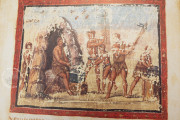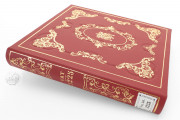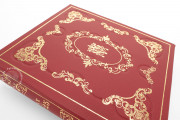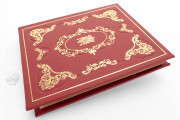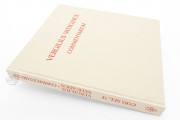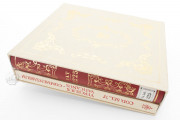The Vatican Virgil, also known as Vergilius Vaticanus, is a rare survival from the dawn of the literary codex. Made in Rome in the decades after 400, it is an example of wealthy patronage wanting the centuries-old works of Classical Rome reinvented in the current style and book technology of the Late Antique.
This single book has been enormously influential for Western medieval art and it preserved the artistic traditions of the Roman empire in its last days. It inspired Carolingian bible illuminators, Italian Renaissance artists, early antiquarians, and art historians.
The surviving Latin text is unfortunately extremely fragmentary. Of the original 440 folios, which would have contained the complete works of Virgil, only seventy-five remain with fragments of the Eclogues, Georgics, and Aeneid. Most have half- to full-page miniatures, however there may have been as many as 230 miniatures in its complete state.
The Best Surviving Example of Late Roman Books of Literature
The fifty surviving miniatures of the Vatican Virgil provide a tantalizing glimpse into both the world of Late Antique Rome and the influence that period had on medieval artistic production throughout Europe. The basic compositions were likely adapted from illustrations in scrolls, however the flat pages of a book allowed artists to render backgrounds and frames and resulted in pieces that may preserve what Roman wall painting of the period looked like.
Three different artists worked on the book of varying degrees of skill. The illustrator of the Georgics is the most accomplished with painterly figures and delicate shading. The second, who illustrated portions of the Aeneid, is the most clumsy. His work appears hurried with bold outlines and little shading. His are some of the best-preserved miniatures. The third artist is closer to the first than the second. His work is well-executed with an eye for detail. His figures show a good understanding of the human body.
Adapting from Scroll to Book
While the codex form was not new to the early fourth century, its use for literature was. The workshop that produced the Vatican Virgil was likely adapting copies of the text from scrolls into a book. This required a certain amount of inventiveness in both the layout and the illuminations. The pages are laid out in a near square with portions of the twenty text lines left blank for the addition of images.
A single scribe worked on the manuscript, writing in a typical Roman rustic capital in brown oak gall ink. There is no spacing between words and no punctuation other than in-line dots indicating line breaks. Certain conventions, such as the red minium borders, would become long-lasting, even contributing to the word for book illustrations—miniatures.
From Rome to Tours and Back Again
The manuscript remained in Rome for several hundred years. There is evidence of editing and repairs having been done sometime in the sixth century. By 840 it was at Saint-Martin in Tours, possibly granted to the monastery from Charlemagne's library. At this time, the book was mostly intact, but with Viking attacks and the political instability of the tenth century, the fate of the book is unknown until it resurfaced in the fifteenth century in the hands of an unknown French Humanist, who performed repairs to the now-fragmentary book.
By 1514 it was certainly back in Rome where it served as a model in the artistic circle of Raphael. It was rebound by 1524 and a pen and ink wash facsimile was made. In the sixteenth century, it was acquired by Pietro Bembo. His son, Torquato Bembo, sold it to Fulvio Orsini, who bequeathed it to the Vatican in 1600.
We have 1 facsimile edition of the manuscript "Vatican Virgil": Vergilius Vaticanus facsimile edition, published by Akademische Druck- u. Verlagsanstalt (ADEVA), 1980
Request Info / Price
